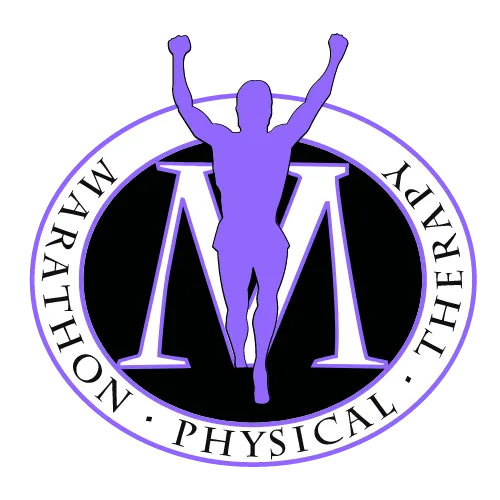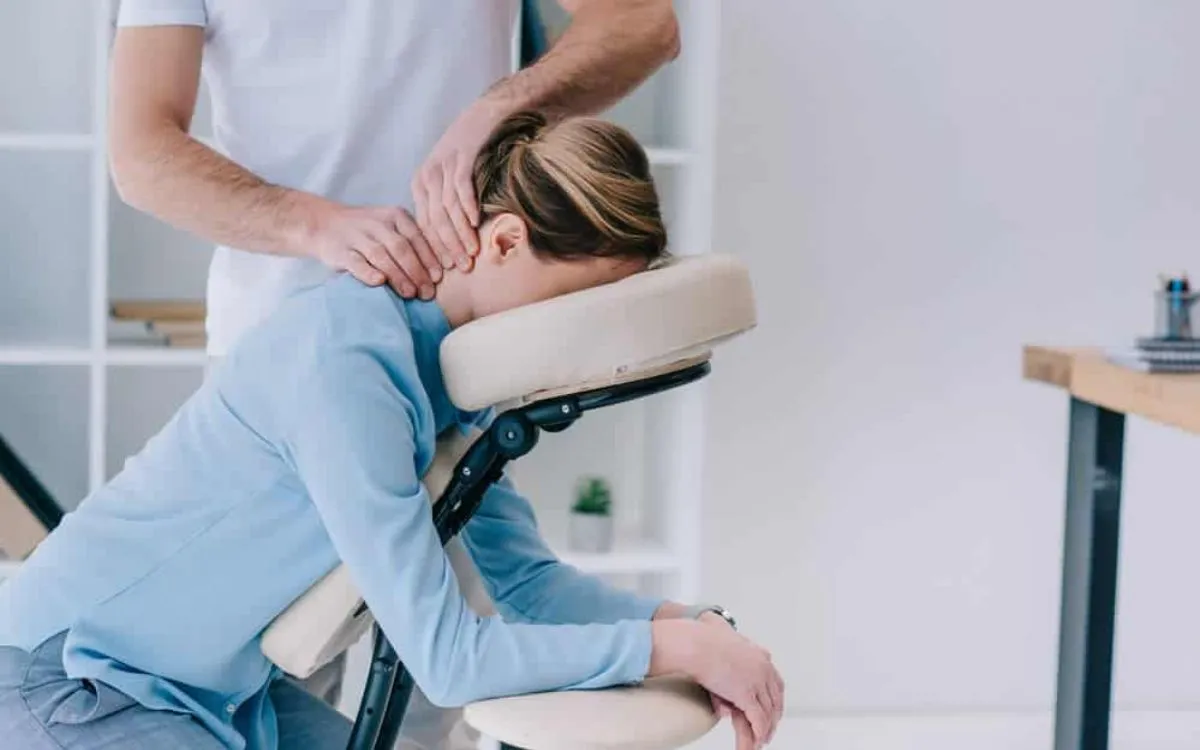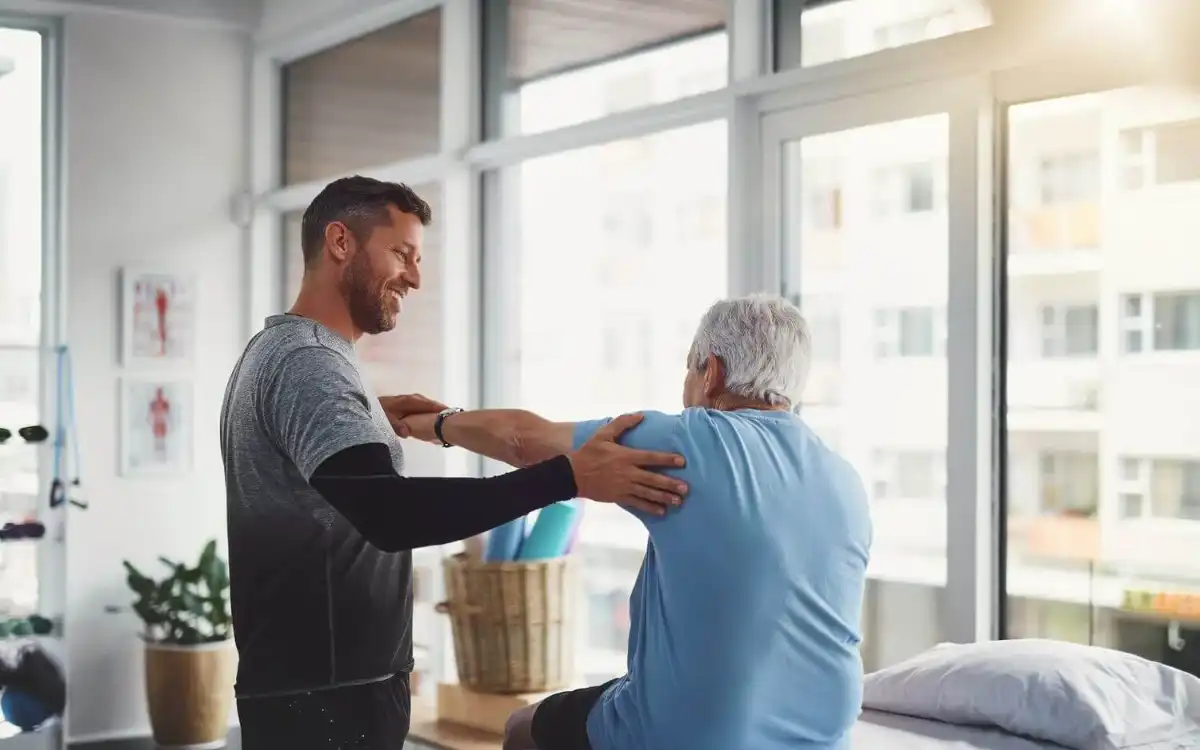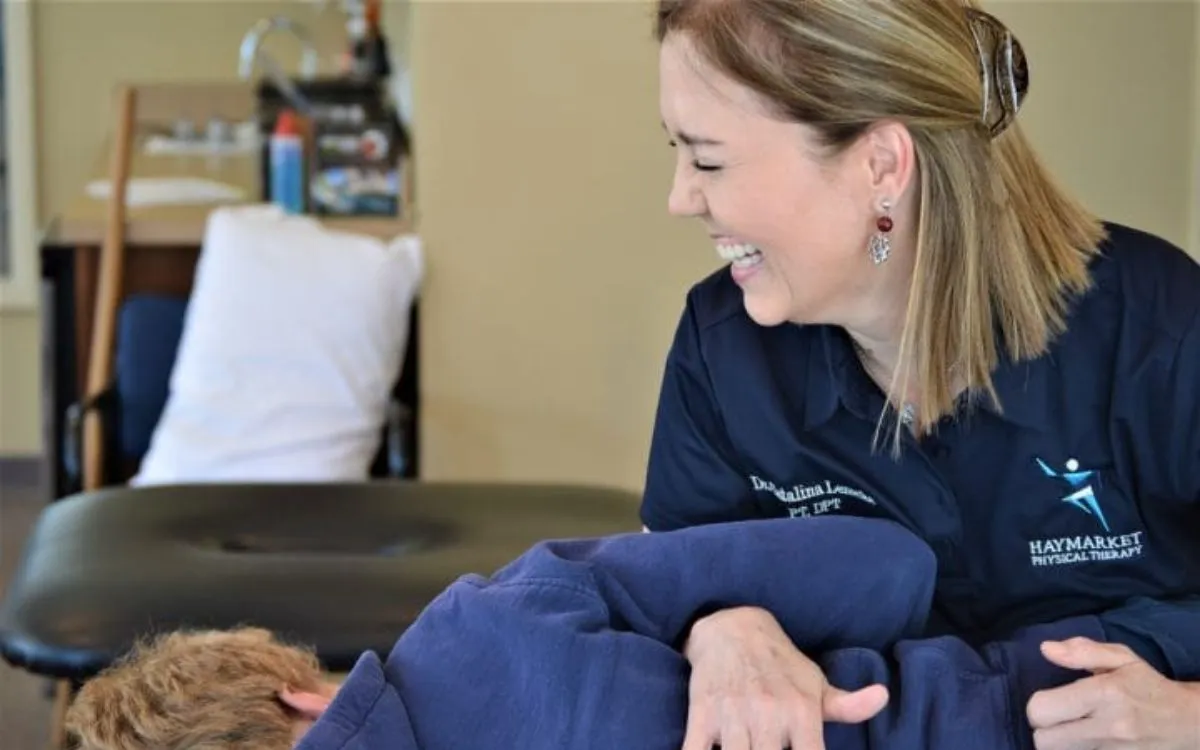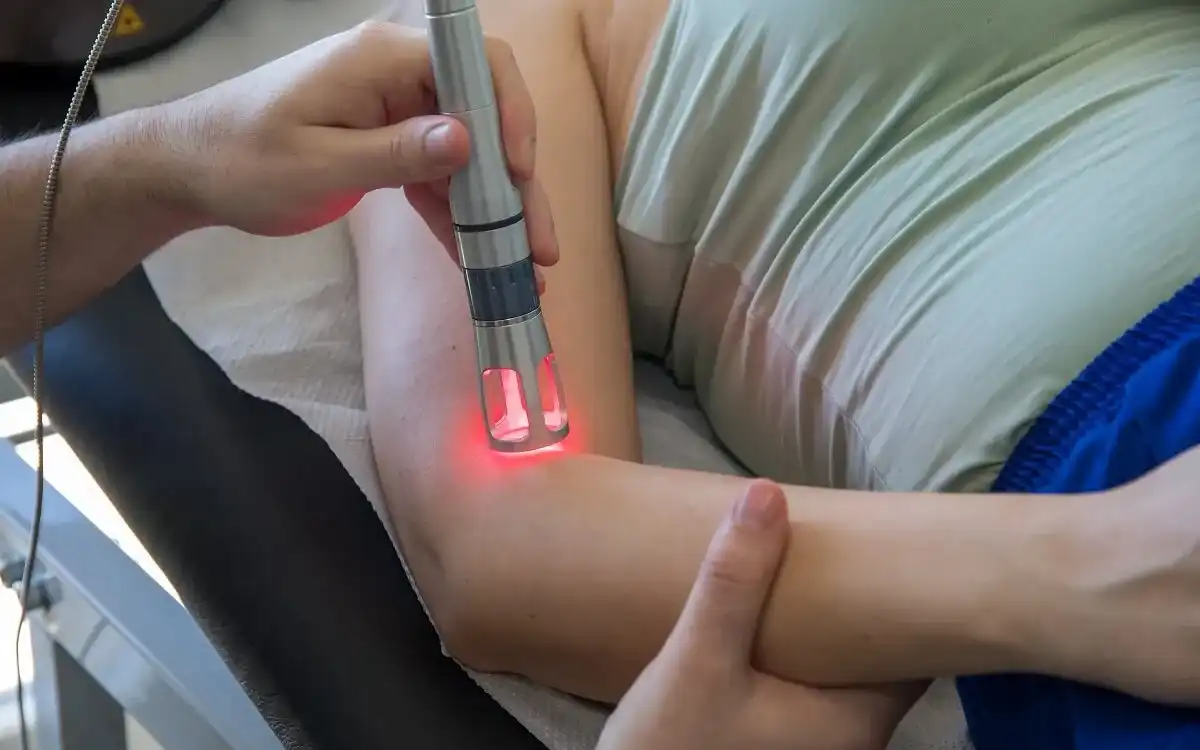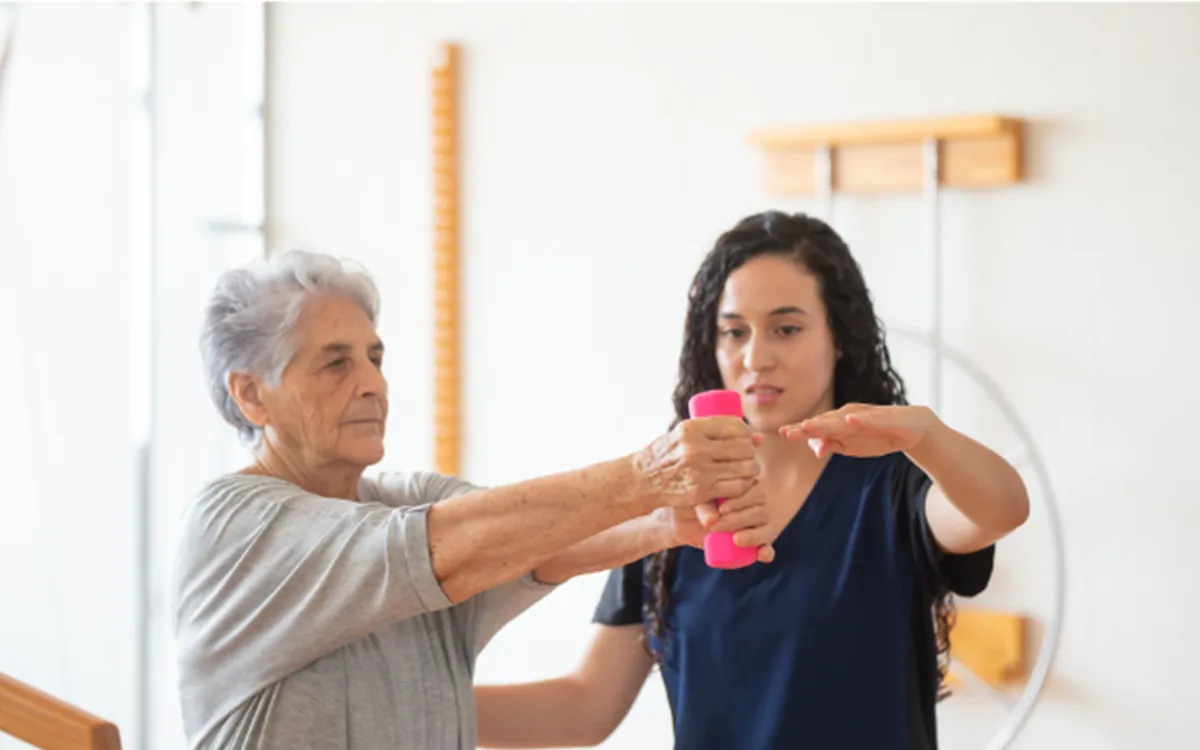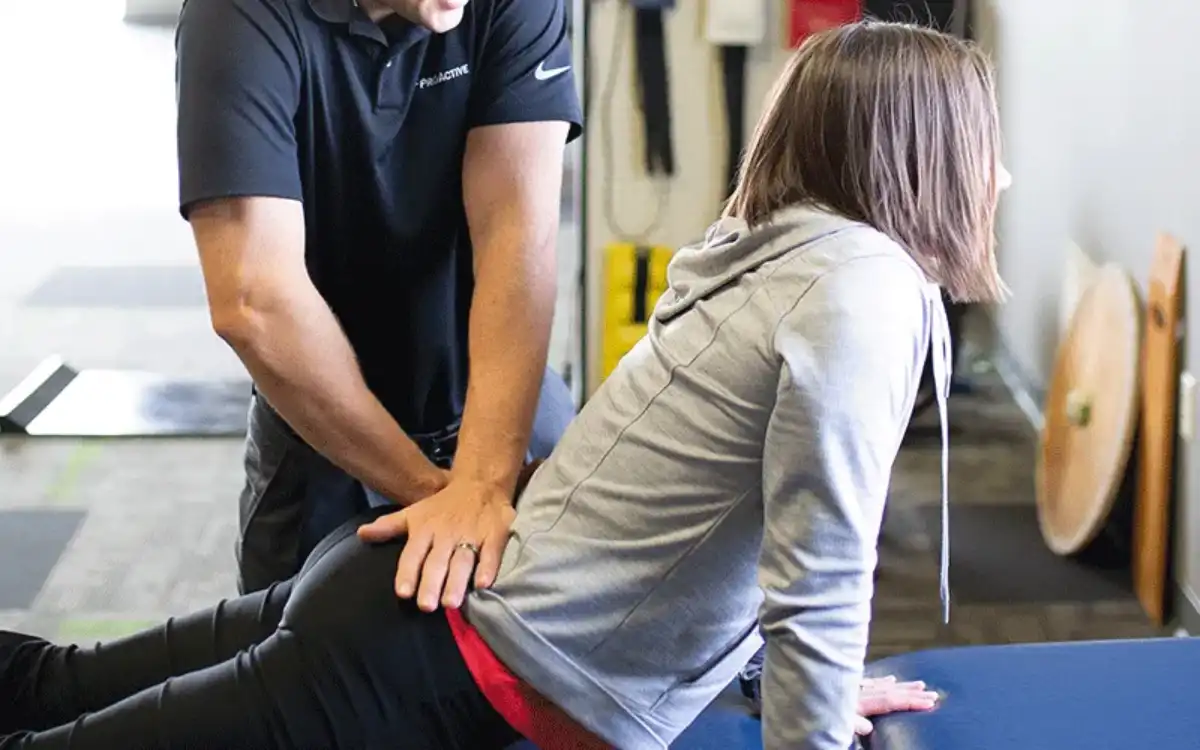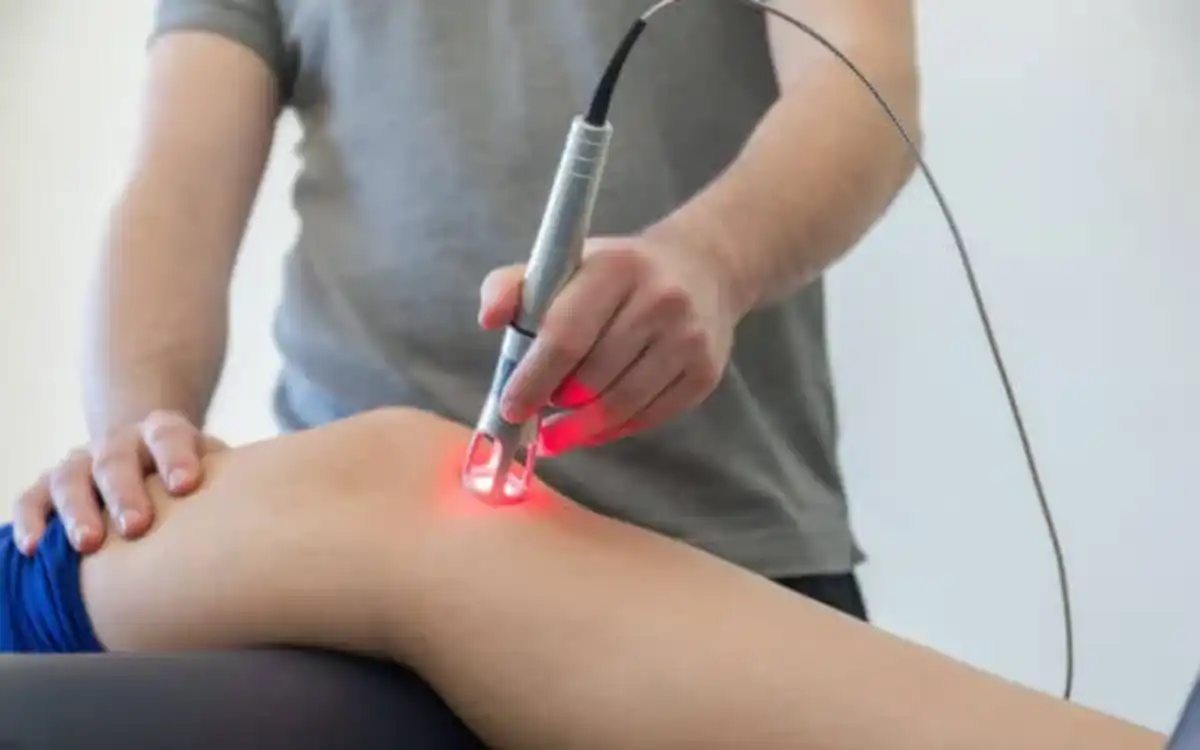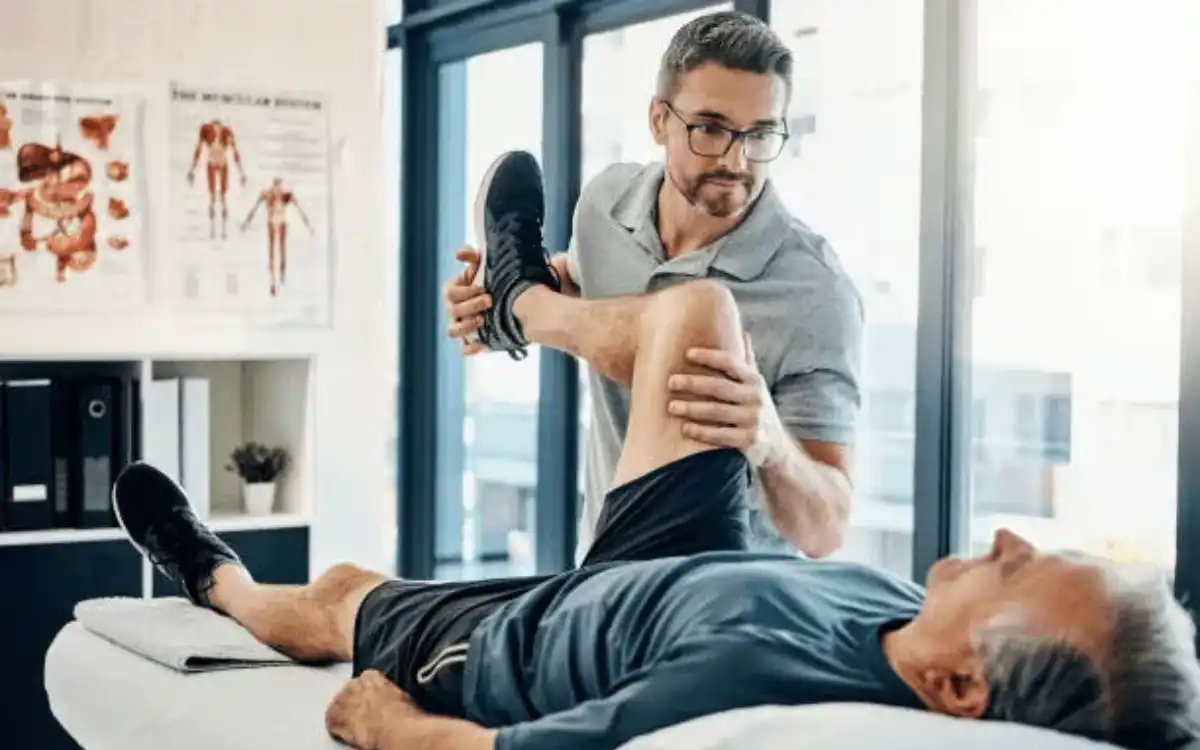Overview
Fractures of the Forearm/Wrist
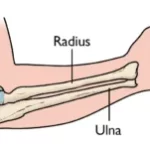
Hand and wrist fractures are often named after their anatomical location, how they happened, or the doctor who discovered or studied them.
In household mishaps, work-related trauma and recreational injuries, fingers can be fractured.
Most hand fractures heal on their own and don’t require surgery. Sometimes, however, fractures may not heal without the right surgical intervention. Stabilizing fractures requires internal support, or “hardware”. To protect the fracture while it heals, the therapist might use a custom-made thermoplastic splint. They can be taken out for hygiene and exercise.
Therapy programs can be started within days or weeks of the operation to restore motion, reduce pain and reduce swelling. Rehabilitation can last for weeks to months in order to restore strength and range of motion (ROM).
Treatments
Goals
Possible Treatment Goals
- Improve Function
- Improve Muscle Strength and Power
- Decrease Postoperative Complications
- Improve Range of Motion
- Self-care of Symptoms
- Improve Wound Healing
